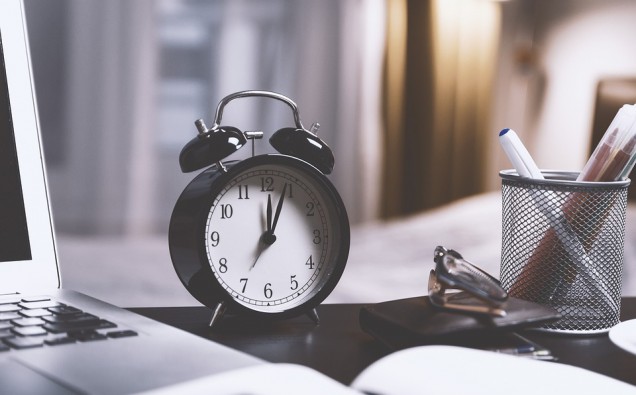The evenings are now getting much colder, and with leaf fall covering the ground and everyone putting their Halloween decorations up, you know summer is officially over. But make sure it’s not you who gets tricked out! The clocks will soon go back, so don’t turn up early to your workday or start your routine off time. Remember to enjoy that extra hour of guilt-free sleep!
When will the clocks go back?
The national UK time changes twice a year. The first change occurs during March for daylight savings when the clocks go forward. But when the clocks go back in October, British Summer Time (BST) ends and Greenwich Mean Time (GMT) commences. This year the change will occur at 2 am on Sunday, October 27th, when the time will revert back to 1 am.
Why do the clocks go back?
The clocks go back so that we can make better use of the daylight hours. Hence, the sun will be out at an earlier time in the morning when people can arguably make more use of it. However, no sunlight is actually saved, and it can be said that we lose valuable daylight in the evening, when more people take part in recreational activities and wish to spend time with their families after studying or work.
When did Clocks first start going back?
The idea of tampering with time to save energy levels first occurred some 200 years ago. However, the concept was not taken seriously until after the First and Second World Wars. Between 1968 and 1971, an experiment occurred in which UK clocks functioned ahead of GMT by one hour all throughout the year.
Some people are against the idea of daylight savings, and say that the time should be kept the same all through the year. Others say the time change is effective at saving money on lighting and energy sources.




















